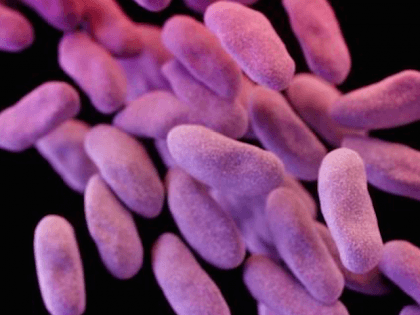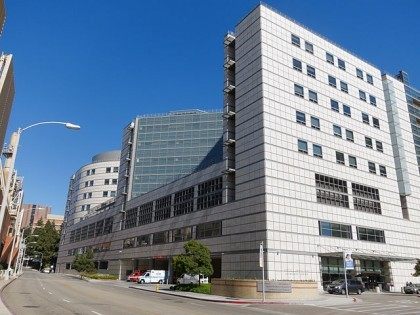Superbugs Could Pollute Pacific Ocean
The Environmental Protection Agency has found the lethal “superbug,” carbapenem-resistant Enterobacteriaceae (CRE), in a sewage plant in Los Angeles that treats waste and releases it into the Pacific Ocean.

The Environmental Protection Agency has found the lethal “superbug,” carbapenem-resistant Enterobacteriaceae (CRE), in a sewage plant in Los Angeles that treats waste and releases it into the Pacific Ocean.

On Wednesday, another Los Angeles area hospital revealed that a “superbug” transmitted through duodenoscopes was found in some of its patients.

A new report from a public health department in Seattle that examines Seattle’s 10-month outbreak of a superbug in 2013 indicates that despite efforts to make duodenoscopes–the medical devices responsible for the transmission–risk-free, they still pose a risk to patients at hospitals nationwide, the Los Angeles Times reports. Los Angeles suffered an outbreak last year that was reported in early 2015.

Using the fear triggered by recent deaths catalyzed by superbugs as a launching pad for spending another billion dollars, the Obama administration is going to announce the spending of over $1 billion over the next five years to combat the problem of antibiotic resistance.

The Ronald Reagan UCLA Medical Center apologized on Thursday after news surfaced this week of two patients who died from contracting a “superbug” through the use of endoscopes called duodenoscopes that had been contaminated.

A procedure called ERCP, or endoscopic retrograde cholangiopancreatography, which uses a specialized endoscope to deal with ailments of the digestive system, has unwittingly introduced a superbug called CRE, or carbapenem-resistant Enterobacteriaceae, into at least two patients at UCLA’s Ronald Reagan Medical Center who died as a result. Five other patients were also exposed to the superbug; 180 more may have been exposed.
